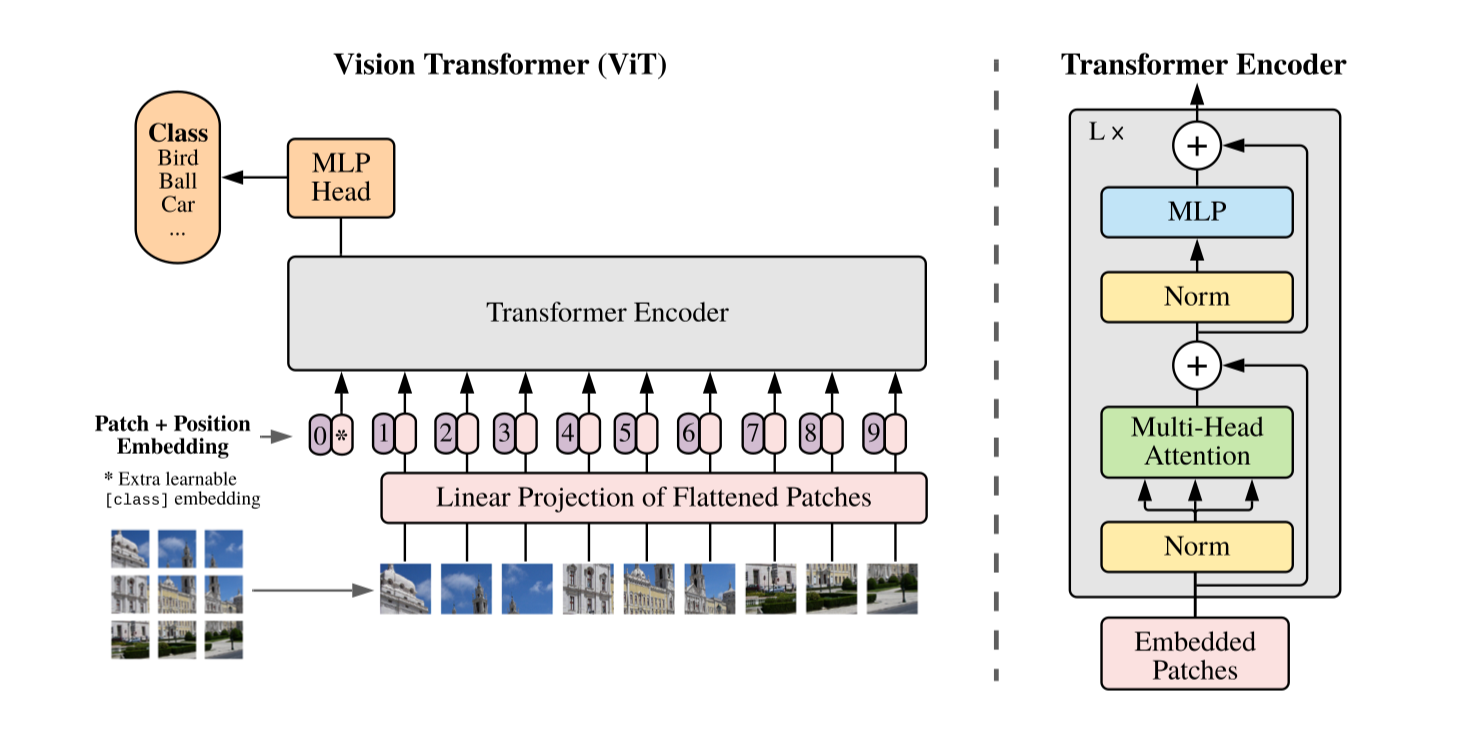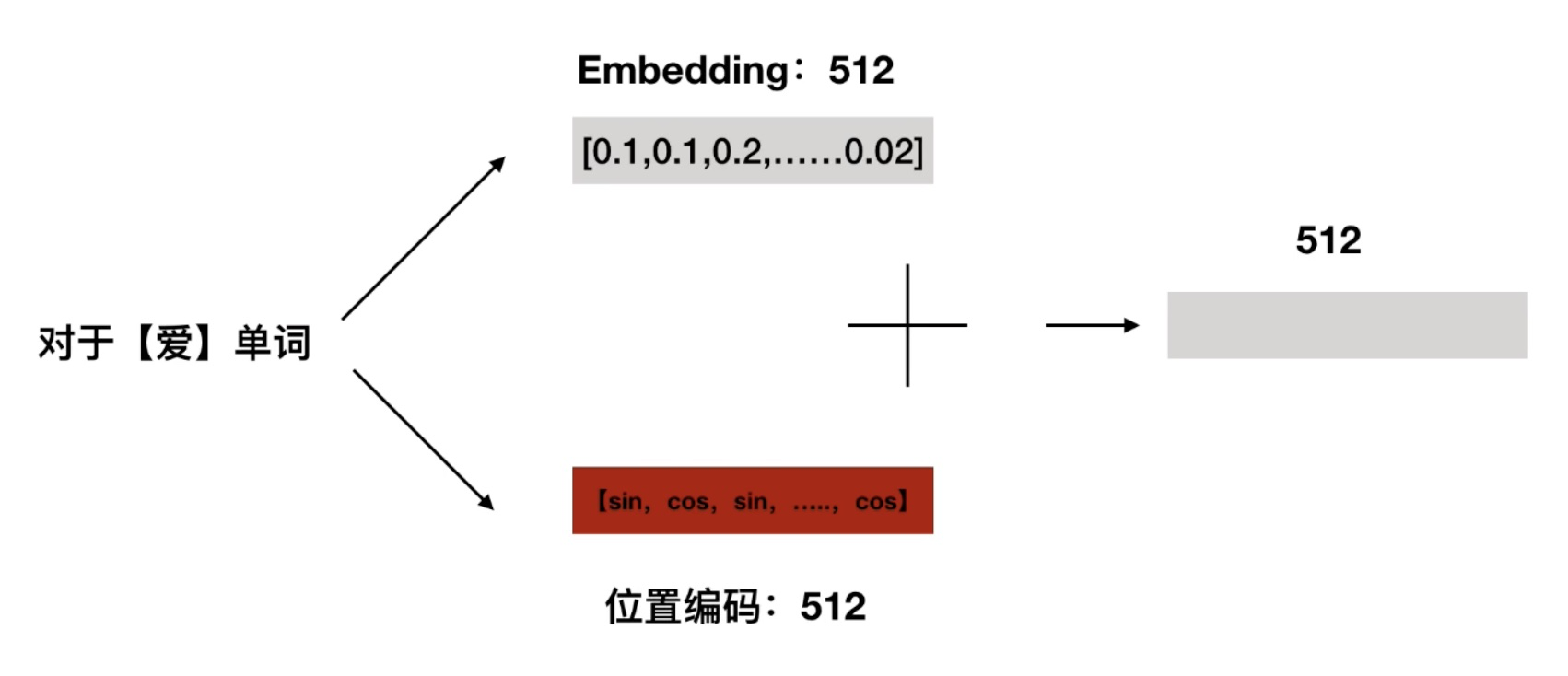非谓语动词
一个最简单的句子成分表示为 什么-怎么样。这个表达“怎么样”的动词就是谓语动词。
一个句子只能有一个谓语动词,其他动词都是非谓语动词,非谓语动词不能表达“怎么样”。
如果一个句子有两个动词,只能是两种情况:
连词连接两个简单句
I am a rabbit, so I eat carrots.
从句构成复合句
Because I am a rabbit, I eat carrots.
非谓语动词的形式
动词不定式
「通常形式(完全不定式)为:to + 动词原形。」
To be or not to be, that is the question.
生存还是毁灭,这是一个问题
「特殊形式(裸不定式):省略“to”。」
You helped me (to) cook the carrot.
你帮我烧(做菜)了胡萝卜
动名词
「动词原形+ing」 (有的会重复动词末位字母)
这样就可以把动词当成名词来用。所以动名词的本质相当于名词。
现在分词
「动词原形+ing」 (有的会重复动词末位字母)。它长得和动名词一样,但是用法却很不相同。
它相当于一个形容词,形容一种状态(它更偏向于正在做的状态)。
注意:它不能表示现在这个时间
过去分词
常见结构为:“动词原形”+“-ed”,但也有不规则变化,例如:eat => eaten
它也相当于一个形容词,形容一种状态(它更偏向于已经做过的状态)。
注意:它不能表示过去的时间
充当句子的其他成分
一个动词在句子中要作为核心成分一定要是谓语动词,如果要充当其他成分(如:主语,宾语,宾语补足语,主语补足语(表语),定语,壮语)就要把动词转为非谓语动词。
不定式
不定式作主语
To eat a carrot every day is good for the rabbit.
一天吃一根胡萝卜对兔子有好处.
这里这个不定式表示的意思是“一天吃一根胡萝卜”这个行为。
不定式作宾语
The rabbit likes to eat carrots.
兔子喜欢吃胡萝卜.
这里不定式充当谓语动词like的宾语。但是不是所有动词都可以接不定式作宾语。详见:动名词作宾语
“it”作形式宾语:
I consider the rabbit smart.
我觉得这兔子是聪明的.
=> I consider it important to eat a carrot every day.
我发现每天吃一根胡萝卜很重要.
不定式作宾语补语
宾补加在宾语之后,对宾语起补充说明作用。
The rabbit expected the wolf to eat a carrot.
兔子指望狼吃一根胡萝卜.
这里to eat carrot是补充说明狼的动作,也是兔子(主语)希望狼(宾语)发出的动作。
像:see、find、watch、have、make、let这类“使役”动词,用不定式作宾补需要省略“to”。
Carrots make the rabbit feel happy.
胡萝卜使兔子感到快乐.
不定式作主语补语(表语)
The rabbit’s dream is to eat every kind of carrot in the world.
兔子的梦想就是吃掉世界上每一种胡萝卜.
=> To eat every kind of carrot in the world is the rabbit’s dream.
兔子的梦想就是吃掉世界上每一种胡萝卜.
不定式作定语
The rabbit has a lot of carrots to eat.
兔子有很多胡萝卜要吃.
这里不定式to eat作后置宾语修饰carrots,表示这些胡萝卜是会被吃的,也就是说它们之间是一种动宾关系.
不定式作状语
不定式作状语来表达原因,目的和结果。
表原因
I was surprised to get a thumbs-up.
我很吃惊(因为)得到一个赞.
这句话相当于原因状语从句:I am happy because I got a thumbs-up.
表目的
I will do anything to get a thumbs-up.
我为你得到一个赞会做任何事.
这句话相当于目的状语从句:I will do anything in order that I get a thumbs-up.
表结果
I got enough thumbs-up to make another video.
我得到足够的赞,可以去做另一个视频啦!
这句话相当于结果状语从句:I got enough thumbs-up, so that I made anther video.
高级不定式
高级不定式是把不定式和状态结合,例如:
- “to be eating a carrot”
- “to have eaten a carrot”
- “to have been eating a carrot”
这里很容易看出来,其实就是把 to+动词原形 变成了 to+状态后接助动词的效果。
这里表达了状态,但是实际还是“不受时间限制的”,比如:
The rabbit seemed to be eating a carrot.
这兔子之前似乎在吃一根虎落不(的过程中).
The rabbit will appear to have eaten a carrot.
这兔子之后会看起来像是吃过了一根胡萝卜.
动名词
动名词作主语
Eating carrots is healthy for the rabbit.
吃胡萝卜(这个行为)对兔子来说很健康.
这里的主语是Eating carrots。
动名词作主语补语(表语)
The rabbit’s hobby is growing carrots.
兔子的爱好是种胡萝卜.
The rabbit’s hobby是主语,is是系动词,growing carrots是主语补语(表语)
Seeing is believing.眼见为实。
动名词作定语
a sleeping pill 安眠药。
这里sleeping就是定语表示药片的作用是安眠。这句话等于 a pill for sleeping.
动名词作宾语
The rabbit likes to eat carrots.兔子喜欢吃胡萝卜。
=> The rabbit likes eating carrots. 兔子喜欢吃胡萝卜。
但是两者会有不同的意思,其他的还有:
The rabbit stopped to eat a carrot.
兔子停下(手里的活)去吃一根胡萝卜。
The rabbit stopped eating a carrot.
兔子停止吃一根胡萝卜。
The wolf forgot to invite the rabbit to her party.
狼忘记去邀请兔子参加她的聚会。(忘记去做)
The rabbit forgot accepting the wolf’s invitation.
兔子忘记接受过狼的邀请。(忘记做过)
像:
- enjoys
- advise
- avoid
- consider
- escape
- mind
- practice
- mind
- practice
- insist on
- give up
- feel up
- put off
- …
这样的动词(短语)作谓语后面只能跟动名词作宾语,不能跟不定式作宾语。
介词之后跟宾语也不能使用动词不定式,只能使用动名词,例如:
The rabbit is fond of eating carrots.
兔子喜欢吃胡萝卜。
The rabbit is looking forward to seeing the wolf again.
兔子期望再次见到狼。
注意,前面那个to是介词,是短语look forward to的短语结尾。
现在分词
现在分词作主语补语(表语)
先看形容词如何作主语补语:
The rabbit is smart.
兔子是聪明的。
=> The rabbit is charming.
兔子是有魅力的。 这里这个charming就是现在分词。
类似的还有:
The story is interesting.
故事是有趣的。 (interest(v.) => interesting(adj.))
The game is exciting.
游戏是刺激的。 (excite(v.) => exciting(adj.))
The news is encouraging.
新闻是鼓舞人心的。(encourage(v.) => encouraging(adj.))
现在分词作宾语补足语
The wolf saw the rabbit eating a carrot.
狼之前看到兔子正在吃一根胡萝卜.
这里eating表示“正在”,作为宾语“rabbit”的宾语补语。
和不定式作宾语补语区分:
The wolf saw the rabbit eat a carrot.
狼之前看到兔子吃了根胡萝卜.
可以看出:动名词作宾语补语强调动作进行的状态,不定式作宾语补语强调动作已经发生了。
现在分词作状语
现在分词作状语表示时间,原因,条件,结果,让步,目的,方式和伴随情况等。
Hearing the news, the rabbit became excited.
听到这个消息,兔子很激动。
Hearing the news表示时间。
它相当于一个时间状语从句:When he heard the news, the rabbit became excited.
Not knowing what to eat, the rabbit skipped lunch.
不知道吃什么,兔子没吃午饭。
not knowing表示原因。
它相当于一个原因状语从句:Because he didn’t know what to eat, the rabbit skipped lunch.
过去分词
过去分词作定语
a minced meat
绞肉
a minced carrot
绞胡萝卜
这里动词的过去分词作定语就是表示形容词,一般形容词是放在名次前的。
但是过去分词短语作定语,则要放到修饰的名词之后,叫做「后置定语」
The carrot cake eaten by the rabbit is delicious.
被兔子吃了的胡萝卜很美味。
这种情况也表示形容,但是多了被动的意思。
过去分词作主语补语(表语)
The rabbit is interested in growing carrots.
兔子对种胡萝卜感兴趣。
与现在分词区分:
The story is interesting.
故事很有趣。(主动,令人感到有趣)
The rabbit is interested.
兔子很有兴趣。(被动,感到有趣)
过去分词作宾语补语
The rabbit found his carrot stolen.
兔子发现他的胡萝卜被偷了。
过去分词作状语
和现在分词作状语很类似。
Seen from the hill, the carrot field looks beautiful.(表地点)
从山上看,胡萝卜田看上去很美
这里carrot field是Seen的逻辑主语,他们之间是一种被动的关系。
Born in a rabbit family, the rabbit has been growing carrots all his life.(表原因)
由于出生在一个兔子家庭里,兔子种了一辈子胡萝卜。
Given another chance, the rabbit would go to the wolf’s party.(表条件)
如果再给兔子一次机会,他会去参加狼的聚会。







.jpg)


